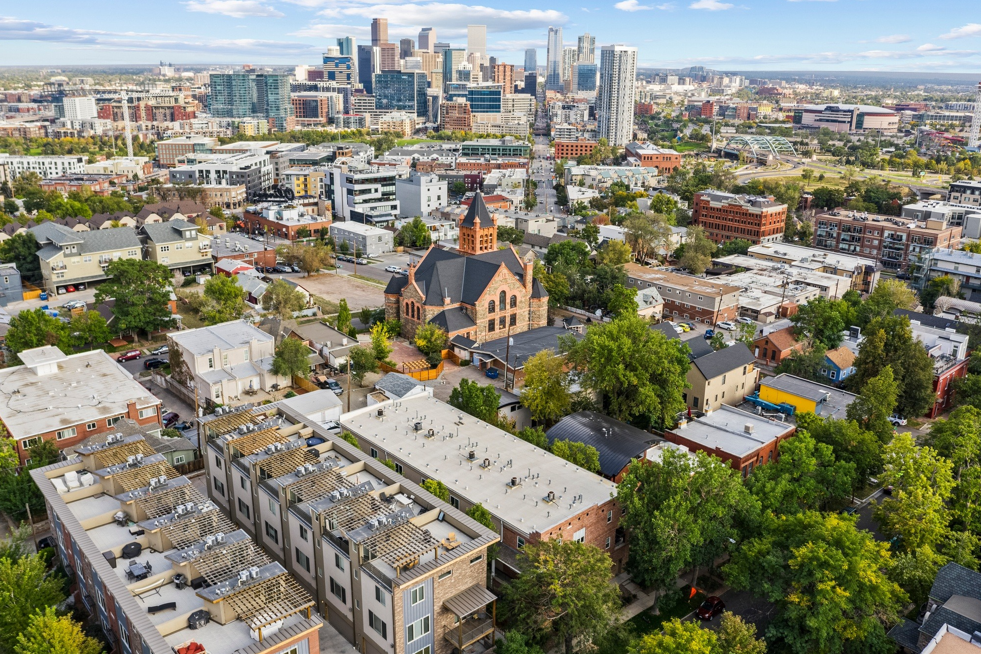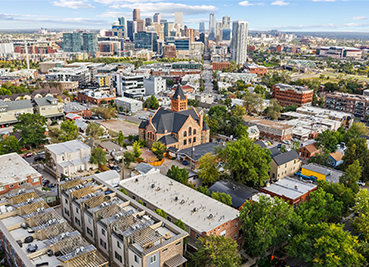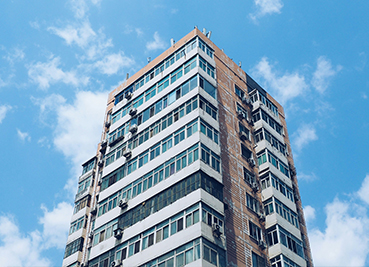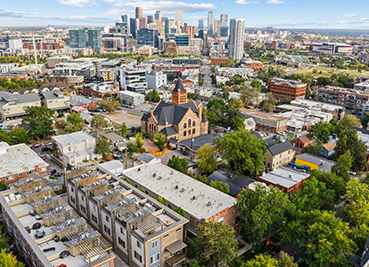
As seen in The Real Deal
Region added 20K multifamily units last year, resulting in a 3.6% rent decline in Q4
A glut of apartment construction across greater Denver has resulted in the largest quarterly decline in rents on record.
The regional market added nearly 20,000 new apartments last year, double the pace of normal construction, ushering in a 3.6 percent decline in rents in the fourth quarter, the Denver Post reported, citing figures from the Apartment Association of Metro Denver.
While landlords leased 14,082 units from January through September, the absorption turned negative in the last few months of the year, causing owners to slash rents to stay competitive.
Average monthly rents across greater Denver fell to $1,842, from $1,911, a 3.6 percent drop from the prior period.
For only the third time in records going back to 1990, rents across the region fell year-over-year, with average monthly rents falling to $1,842 at the end of last year from $1,870 at the end of 2023, a 1.5 percent decline.
Add on the 2 percent annual rate of inflation, and metro Denver tenants theoretically are paying 3.5 percent less in real dollars, according to the Post.
“So we’ve been talking about winter is coming, like the TV series (“Game of Thrones”) for a while. The statement this quarter is that winter has arrived,” Cary Bruteig, who compiles the quarterly updates on behalf of the association and is a principal at Apartment Appraisers & Consultants in Denver, told the newspaper.
Annual rent declines are rare. The last two, in 2002 and 2009, were both tied to major economic downturns.
The first, following the dot-com bust and 9/11 attacks, was 0.9 percent, according to the Post. The second, after the Great Recession and housing crash, was 1.5 percent, matching last year’s decline.
Don’t blame high unemployment and a weak economy this time around, Bruteig said. Blame an unprecedented supply of apartments getting ahead of demand.
Developers added 19,910 apartments last year, up from 13,246 in 2023 and 10,992 in 2022, which was closer to the historical average of around 9,000 to 10,000 new units a year in the recent past, according to the Post.
Last year, developers expanded the region’s apartment supply by nearly 5 percent, a pace unrivaled since the 1970s when the state was grappling with an influx of baby boomers.
By the fourth quarter, absorption turned negative by 4,862 units.That caused the vacancy rate to hit 7.5 percent, forcing some landlords to start cutting rents.
The growth spurt in multifamily properties overran every submarket, every age category of apartment and every apartment type, with older apartments and studios seeing some of the biggest increases in vacancy rates, according to the Post.
Even in affordable properties, where demand greatly outstripped supply for decades, vacancy rose to 4.2 percent, from 3.86 percent, in the last few months of the year.
All that has translated into rent cuts, which have been most dramatic in Aurora, east of Denver.
In east Aurora, typical rents fell to $1,596, from $1,713, in three months, a 7.3 percent drop, while rents in west Aurora fell to $1,477, from $1,577, a 6.3 percent decline. In Westminster, north of Denver, typical rents fell to $1,636, from $1,752, a 6.6 percent decline.
Another 15,000 new apartments are expected finish construction this year across the Denver market, putting further the pressure on landlords to offer bargains to prospective tenants.




